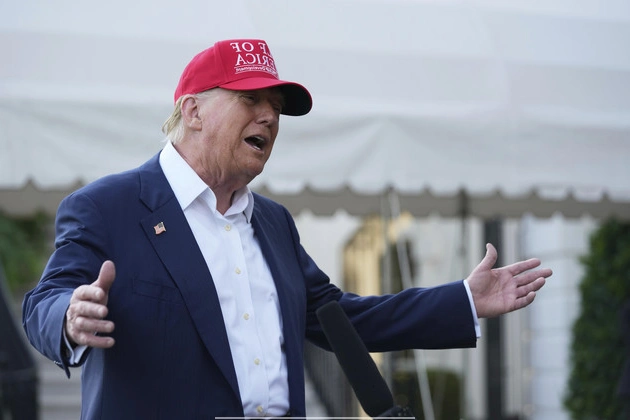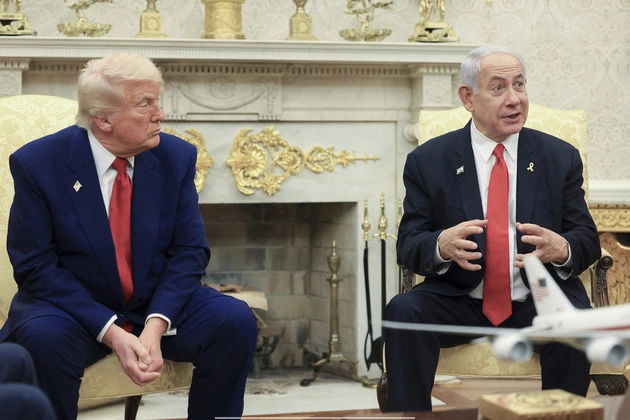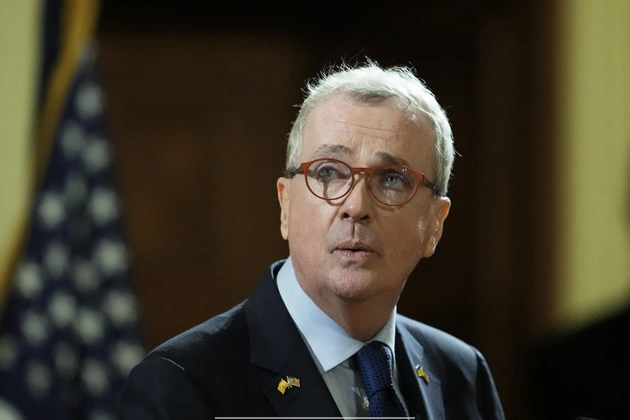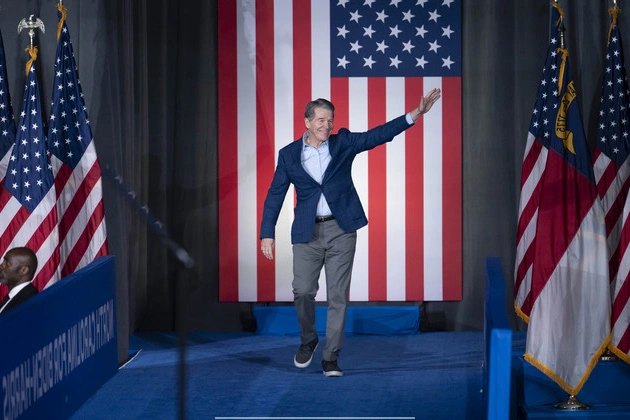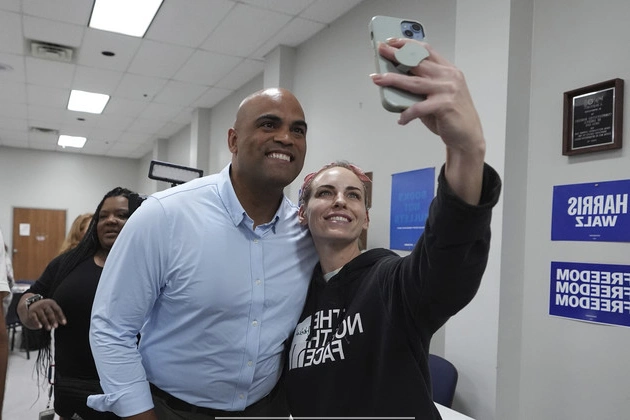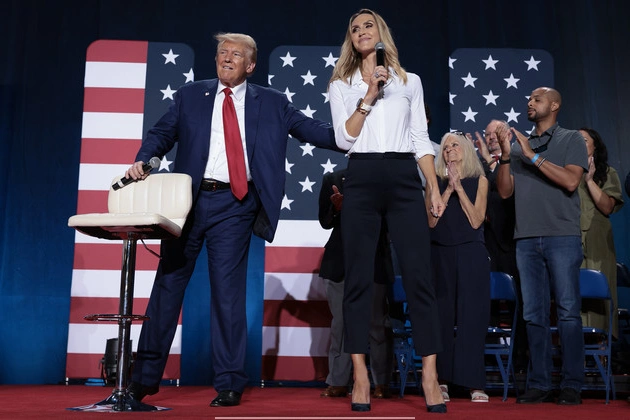
Introduction to a High-Stakes Conflict
Former President Joe Biden’s appointees crafted an unusual strategy for funneling hundreds of billions in government and private dollars to climate projects in lower-income communities — and for doing it fast enough that an incoming Trump administration would be unable to stop it.
The Legal Battle Unfolds
A federal judge has given herself until Tuesday to rule on whether EPA can continue freezing the $20 billion in federal dollars at the heart of the climate effort, while the courts sort out whether the administration can cancel the grants entirely.
Financial Implications and Community Impact
The nonprofits have already committed over $2.6 billion of the money to projects across the U.S., according to a POLITICO analysis of investments by five of the eight groups. But most of that is now halted.
Political Agendas Clash
The fight over the $20 billion has mushroomed into one of the messiest disputes in President Donald Trump’s attempt to throttle Biden’s climate and energy agenda, leading to court battles and investigations, including an FBI criminal probe. At its heart, it’s a battle over Trump’s power to pull back federal dollars that have gone out the door — and over Biden’s attempt to use EPA to reshape low-income communities.
Future Prospects and Controversies
The $20 billion program is part of the Greenhouse Gas Reduction Fund, the largest pot of direct funding in Biden’s 2022 climate package, the Inflation Reduction Act. It stands out from the smorgasbord of tax credits and Energy Department loan guarantees that make up the bulk of IRA funding because it focuses on poor communities.
Conclusion: Uncertainties and Resolutions
As the legal battles and political wrangling continue, the fate of the $20 billion program remains uncertain. The clash between Trump and Biden over this initiative highlights the complexities and challenges of implementing large-scale climate projects in a politically charged environment.






